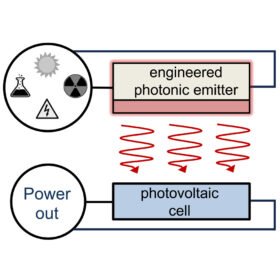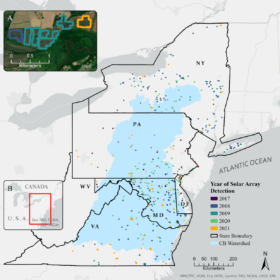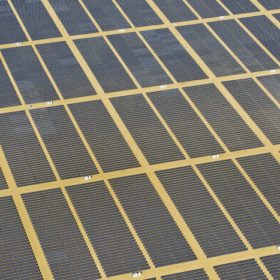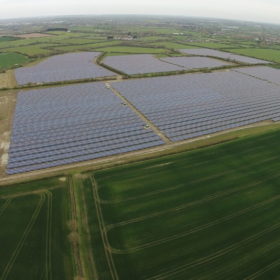The challenge of truly clean-powered operations
Growing corporate interest in hourly matching power purchase agreements (PPAs) is expected to drive the pairing of PV, wind, and battery energy storage systems (BESS), with potential broader impacts on the energy procurement market, as Neil Ford reports.
The impact of wildfires on PV power generation
Scientists have quantified the impact of wildfires on the availability of direct normal irradiance and global horizontal irradiance at the state, regional, and national levels in the United States. They have found that direct irradiance is more sensitive to smoke than the PV-relevant global horizontal irradiance.
MIT researchers plan to use acenes to make singlet fission solar cells
Acenes are benzene molecules with unique optoelectronic properties. Singlet fission solar cells can produce two electrons from one photon, making the cell more efficient.
New method for high-temperature thermophotovoltaic development
A US research group has developed stable emitters for high-temperature applications above 1,800 C, which could improve the efficiency of lab-scale thermophovoltaic systems. The framework showcases the potential to design application-specific metamaterials in high-temperature photonics using optimization and machine learning.
Solar buildouts mapped to determine impact on biodiversity in US largest estuary
A group of researchers and data scientists from the Chesapeake Conservatory studied the construction of solar energy facilities in states surrounding the Chesapeake Bay Watershed and found that solar developments on already cultivated land did not adversely impact biodiversity.
First-half solar funding fell by a quarter as Covid-19 bit
The latest PV finance report released by Mercom Capital had solar investment falling almost entirely across the board with the number of new solar funds launched in the last three months offering a rare piece of good news.
Spain and Italy are European renewables investment hot spots, says CEO, and Mexico really should be too
pv magazine spoke to Mark Jones, chief executive of privately-owned clean energy investment company Susgen about where the newly-launched business is looking to spend the cash pile it has allocated for big, early-stage project pipelines.
Covid-19 weekly round-up: US job losses raise concern but France and China continued to add new solar
Cell supply shortages could kick-start manufacturing activity in India, EV car sales are braced for a fall while still gaining market share and a new date has been set for the world’s biggest solar trade show.
Covid-19 weekly briefing: US residents ponder solar during lockdown, Aussie installers wonder what might have been and the Indian EV industry calls for help
Plus, Italian developers continue to dig deep for their health service, the pandemic piles on problems for a debt-saddled Chinese company and analysts consider whether there will be any money left for a green economic recovery after the dust settles.
US: Solar could be installed on Appalachian coalfields
Former surface mines in central Appalachia could be re-purposed for solar. Environmental group The Nature Conservancy is exploring the options.









